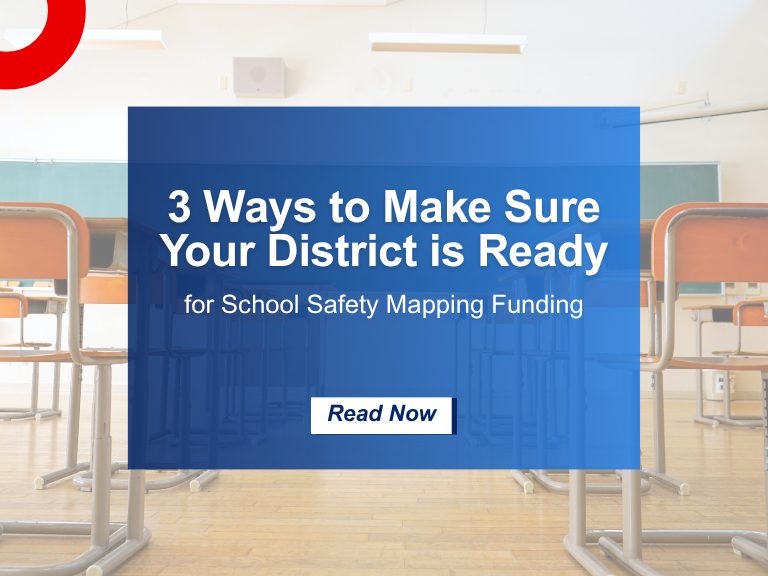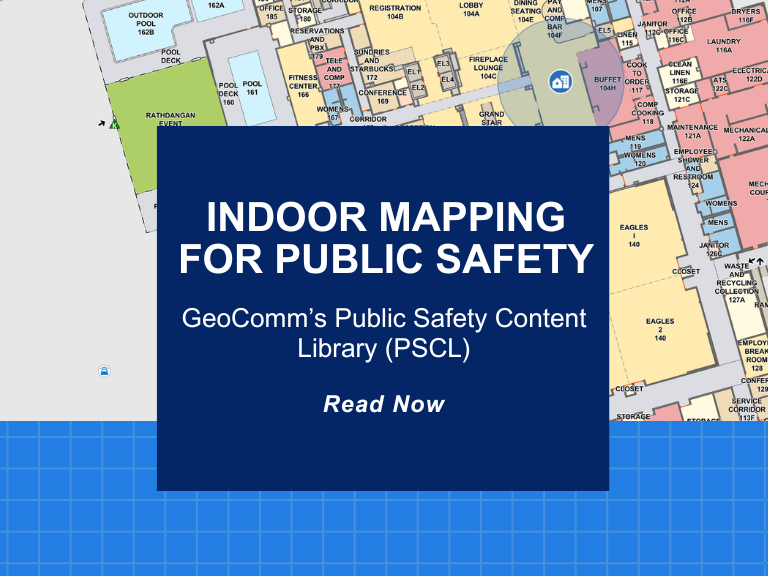Comprehensive School Safety Plan California: What Every School Needs to Know
School safety is one of the most important responsibilities of California educators and administrators. From natural disasters to campus threats, every school must be ready to protect students and staff. That’s why the Comprehensive School Safety Plan California (CSSP) requirement exists.
Every public K–12 school in the state must have a CSSP that is updated annually, reviewed by stakeholders, and submitted to the district or county office of education. While it may seem like just another compliance step, the CSSP is much more than that—it is the blueprint for creating a safe, secure, and supportive learning environment.
What Is a Comprehensive School Safety Plan?
A Comprehensive School Safety Plan California is a written, annually reviewed plan designed to ensure that schools are prepared for emergencies, can respond effectively, and have policies that promote safety and inclusion on campus.
The requirement comes from California Education Code sections 32280–32289.5. According to these sections, every public school must adopt and update its CSSP by March 1 of each year.
Why Are CSSPs Required?
California established the CSSP requirement to:
- Reduce risks of violence and crime on school campuses.
- Prepare for emergencies, such as earthquakes, fires, or active threats.
- Ensure clear policies are in place for discipline, discrimination, and harassment.
- Build safer school environments for students and staff.
The plan also ensures coordination between schools and first responders, so that law enforcement, fire departments, and medical personnel understand the school’s procedures during an emergency.
Who Develops the Plan?
Each school is responsible for developing or updating its CSSP. This is usually done through:
- The School Site Council (SSC), or
- A designated school safety planning committee.
The committee must include representatives such as:
- The principal or designee
- A teacher
- A parent of a student at the school
- A classified staff member
Schools are also required to consult with law enforcement and first responders (fire departments, emergency medical services) when revising the plan each year.
Required Components of a CSSP
Education Code § 32282 outlines specific components that must be included. At a minimum, a CSSP must cover:
1. Assessment of School Crime
An evaluation of the current status of school crime, both on campus and during school-related functions.
2. Child Abuse Reporting
Procedures for reporting child abuse and neglect, consistent with California Penal Code.
3. Disaster Procedures
Plans for routine and emergency disasters, including specific adaptations for students with disabilities.
4. Earthquake Emergency Procedures
Drop-cover-hold drills, protective measures, and evacuation protocols for schools with buildings over a certain size.
5. Discipline Policies
Clear rules for student suspension, expulsion, and discipline enforcement.
6. Teacher Notification
Processes for notifying teachers about students who may pose a danger.
7. Discrimination & Harassment Policy
A written policy prohibiting discrimination, harassment, intimidation, and bullying.
8. Dress Codes
If applicable, dress code policies to prohibit gang-related apparel.
9. Safe Ingress & Egress
Procedures for safe access and exit of students, parents, and staff.
10. Safe & Orderly Environment
Strategies for maintaining a campus climate that is safe and conducive to learning.
11. Hate Crime Reporting
Policies and procedures for responding to hate crimes, consistent with state law.
Annual Timeline & Deadlines
- March 1 – Schools must adopt or update their CSSP each year.
- October 15 – Districts or county offices must notify the California Department of Education (CDE) if any schools are not in compliance.
This means schools should begin their planning process early in the school year to allow enough time for stakeholder input, revisions, and board approval.
Practical Next Steps for Schools
If your school is preparing to update its CSSP, here are practical steps to take:
1. Audit Your Current Plan
Compare your existing CSSP against the state’s required components. Make note of gaps, particularly with new AB 2887 requirements.
2. Engage Stakeholders Early
Bring in law enforcement, fire departments, emergency medical personnel, parents, and staff. Early collaboration prevents last-minute delays.
3. Train Your Staff
Make sure teachers and classified staff understand the plan, know their roles, and can follow procedures during drills or emergencies.
4. Prioritize Accessibility
Translate the CSSP into languages spoken in your community. Provide versions that are accessible to parents and staff with disabilities.
5. Review After Every Drill or Incident
Update your CSSP after major drills or real events. Document lessons learned to keep the plan relevant.
Why CSSPs Matter Beyond Compliance
While the CSSP is legally required, it should be viewed as more than a compliance document. A strong, well-executed plan can:
- Build trust between schools and parents.
- Strengthen coordination with local police, fire, and EMS.
- Improve response times in critical situations.
- Reduce confusion during disasters or threats.
- Foster a culture of safety and preparedness across the campus.
The Comprehensive School Safety Plan California requirement ensures every public school is prepared for emergencies, complies with state law, and creates a safe, supportive environment for students. With new updates like AB 2887 taking effect in 2025, schools must take a proactive approach to building and maintaining their CSSPs.
By engaging stakeholders, meeting deadlines, and viewing the plan as more than paperwork, schools can strengthen safety, trust, and preparedness for every member of their community.
Interested in learning more about California’s Comprehensive School Safety Plan requirements and how GeoComm can help support your needs? Contact Us Here
Footnotes:
California Department of Education – Comprehensive School Safety Plans
California Education Code §§ 32280–32289.5 – California Legislative Information
AALRR – New Laws Impose New Requirements for Comprehensive Safety Plans


